Description
The instruction for medical use
of Zirtek® medicine
the Trade name
of Zirtek®
the International unlicensed
name Tsetirizin Lekarstvennaya
the Tablet form, film coated, 10 mg
Structure
One tablet contains
active agent – a tsetirizin dihydrochloride of 10 mg,
excipients: microcrystalline cellulose, lactoses monohydrate, silicon dioxide colloidal, magnesium stearate
structure of a cover: Opadray Y-1-7000 (a hydromelloz (E464), the titan dioxide (E171), a macrogoal 400
Description
White, oblong, biconvex, film coated tablets, with risky and marking of Y/Y on one party.
Pharmacotherapeutic group
Antihistaminic drugs of systemic action. Piperazin derivatives.
Tsiterizin.
The ATX R06AE07 code
the Pharmacological
Pharmacokinetics Absorption Equilibrium Maximum Concentration properties in plasma makes about 300 ng/ml and is reached through 1.0 ± 0.5 h. Cumulation of a tsetirizin at the subsequent reception of a daily dose of 10 mg within 10 days is not observed.
Volunteers have pharmacokinetic parameters (Smakh and AUC) and distribution have unimodal character.
Extent of absorption of a tsetirizin does not decrease with meal though the speed of absorption decreases. Degree of bioavailability is similar when using a tsetirizin in the form of solution, capsules or tablets. The confirmed volume of distribution is 0.50 l/kg. Linking of a tsetirizin with proteins of plasma makes 93 ± 0.3%. Tsetirizin does not influence linking of warfarin with proteins. Tsetirizin is not exposed to the significant predistemny metabolism. About two thirds of a dose are removed in not changed view with urine.
Final elimination half-life makes about 10 hours.
Tsetirizin shows linear kinetics in the range from 5 to 60 mg.
Patients of advanced age
After intake of a single dose of 10 mg, elimination half-life at 16 elderly patients in comparison with normal subjects increases approximately by 50%, and the clearance decreased by 40%. Decrease in absorption of a tsetirizin at elderly volunteers appeared, is connected with reduced function of kidneys.
Children of 6-12 years
Elimination half-life of a tsetirizin makes about 6 hours.
Patients with renal failures
At patients to a slight renal failure (the clearance of creatinine [CC] & gt, 40 ml/min.) the pharmacokinetics of drug is similar to pharmacokinetics of healthy volunteers. In a moderate renal failure the elimination half-life increases by 3 times and the clearance decreases by 70% in comparison with normal volunteers.
Patients on a hemodialysis (KK & lt, 7 ml/min.), at single dose of 10 mg of a tsetirizin observed 3-fold increase in elimination half-life and 70% decrease in clearance in comparison with the healthy volunteer. Tsetirizin badly leaves by means of a hemodialysis. In a moderate or heavy renal failure the dose adjustment is necessary.
Patients with abnormal liver functions
Patients with chronic diseases of a liver (hepatocellular, cholestatic and biliary cirrhosis) which applied 10 or 20 mg of a tsetirizin as a single dose observed 50% increase in elimination half-life and also 40% decrease in clearance in comparison with healthy people.
Correction of a dose is necessary only for patients with a simultaneous abnormal liver function and kidneys.
The pharmacodynamics
Tsetirizin, active ingredient of the drug Zirtek®, represents Hydroxyzinum metabolite, is a powerful and selection antagonist of peripheral H1 – histamine receptors. In experiments on linking with receptors in the conditions of in vivo the measured affinity of drug to the receptors different from H1 is not revealed. Under natural conditions experiments showed that system use of a tsetirizin significantly does not influence brain H1 receptors.
In addition to anti-H1 to effect, tsetirizin shows antiallergic action: in a dose of 10 mg one or twice a day, it inhibits in a late phase an accumulation of inflammatory cells, especially eosinophils, in skin and a conjunctiva at the persons suffering from an atopy after contact with antigens. In a dose of 30 mg/days suppresses inflow of eosinophils to a bronchoalveolar system during a late phase of the bronchial konstriktion induced by inhalation of allergen of bronchial asthma. Moreover, tsetirizin brakes a final phase of the inflammatory reaction induced by intracutaneous administration of kallikrein to patients with a chronic small tortoiseshell. It also reduces the level of the expressed molecules of adhesion, such as ICAM-1 and VCAM-1 which are indicators of allergic inflammation.
Researches on healthy volunteers showed what tsetirizin in a dose of 5 and 10 mg strongly inhibits the triple answer (skin reaction as blossoming) caused by very high concentrations of a histamine in skin, however the correlation with efficiency is not established.
The beginning of action after single use of 10 mg of drug comes within 20 minutes in 50% of cases and within one hour in 95% of cases. This activity remains within not less than 24 hours after single introduction. At treatment tsetiriziny, inflammatory process stops after repeated introduction, skin recovers the normal reactivity to a histamine within 3 days.
Indications
For adults and children are more senior than 6 years
– simplification of nasal and eye symptoms of seasonal and year-round allergic rhinitis
– relief of symptoms of a chronic idiopathic small tortoiseshell
the Route of administration and doses
Children from 6 to 12 years
On 5 mg (½ tablets) 2 times a day (in the morning and in the evening).
Adults and teenagers of 12 years are also more senior
than 10 mg of 1 times a day (1 tablet).
The initial dose of 5 mg (½ tablets) can lead to satisfactory control of symptoms.
Tablets need to be swallowed, washing down with a glass of liquid. Duration of treatment is defined by the doctor.
Elderly people
Are not present the data demonstrating that the dose has to be reduced for elderly patients provided that function of kidneys is normal.
A moderate and heavy renal failure
Dosing has to be individual depending on function of kidneys. In the table given below necessary changes of a dose are specified. For use of this table it is necessary estimate clearance of creatinine at the patient (KK) at ml/min. of KK (ml/min.) it can be estimated on the serum of creatinine (mg/dl) determined by the following formula:
(140 – age of [years] × weight [kg])
KK =————————————————-× (0.85 for women)
72 × creatinine of serum (mg/dl)
Correction of a dose for adult patients with impaired renal function.
A stage
Removal of creatinine (ml/min.)
the Dosage and frequency of use
Norma
≥80
10 mg once,
daily Weak
50-79
10 mg once,
daily Moderate
30-49
5 mg once,
daily Heavy
˂30
5 mg, every other day
Patients, with a terminal renal failure, being on dialysis
˂10
are contraindicated
For the children having a renal failure, the dose has to be picked up on an individual basis taking into account renal clearance of the patient, his age and body weight.
The liver failure
Dose adjustment is not required for patients with a liver failure.
A renal failure
Adjustment dose adjustment (see above).
The patient with a renal failure the dose decreases depending on clearance of creatinine: at KK of 30-49 ml/min. the maximum daily dose makes 5 mg, at 10-29 ml/min. – 5 mg every other day.
Side effects
This clinical trials
Tsetirizin in the recommended dosage shows the minimum influence on central nervous system, including drowsiness, fatigue, weakness, dizziness and a headache. Paradoxical stimulation of central nervous system was in certain cases noted.
In spite of the fact that tsetirizin is selection inhibitor of peripheral H1-histamine receptors and has no anticholinergic activity, separate cases of the complicated urination, disturbances of accommodation of sight and dryness in a mouth.
Extremely exceptional cases of disturbance of hepatic function with increase in liver enzymes and level of bilirubin were described. Most often these symptoms disappeared after drug withdrawal. Post-marketing experience
Often (≥1/100 – & lt, 1/10)
– drowsiness, sedation dependent on a dose
– a headache, dizziness
– fatigue, weakness
– dryness in a mouth, nausea, diarrhea
– pharyngitis, rhinitis
Infrequently (≥ 1/1000 to & lt, 1/100)
– an abdominal pain
– agitation
– paresthesia, an itching, rash
– the indisposition
Is rare (≥1/10,000 up to ˂1/1,000)
– hypersensitivity, a small tortoiseshell, swelled
– aggression, confusion of consciousness, a hallucination, insomnia, a depression
– spasms
– tachycardia
– disturbances of functions of a liver (increase in transaminase, alkaline phosphotazy, gamma GT and bilirubin)
– increase in body weight
is Very rare (˂ 1/10,000)
– thrombocytopenia
– an acute anaphylaxis
– a tic, disturbances of taste, dyskinesia,
– dystonia, a faint, a tremor
– deterioration in sight, an okulogiration,
– a Quincke’s disease, rash,
– a dysuria, enuresis
It is unknown
– the increased appetite
– suicide thoughts, amnesia, memory disturbance,
– an ischuria
– desires to
Contraindication vomiting
– hypersensitivity to Hydroxyzinum, other derivatives of piperazin or any component of drug,
– to children under 6 years (tablets, in view of difficulty of swallowing)
– patients with a heavy renal failure with clearance of creatinine less than 10 ml/min.,
– it is contraindicated to persons with hereditary intolerance of fructose, deficiency of Lapp-lactoses enzyme, malabsorption of a glyukozo-galactose
– pregnancy and the period of a lactation
Medicinal interactions
Pharmacokinetic researches of interaction of a tsetirizin and pseudoephedrine, antipyrine, Cimetidinum, a ketokonazol, erythromycin, azithromycin of a glipizid, diazepam did not reveal any proofs of adverse pharmakodinamichesky interactions.
In several researches of doses of theophylline (400 mg once a day) and a tsetirizina, decrease in clearance of a tsetirizin was observed small (16%) while the arrangement of theophylline was not changed at co-administration of a tsetirizin.
At co-administration of a tsetirizin with macroleads (for example, azithromycin, erythromycin) or ketokonazoly did not lead to clinically significant changes of the ECG.
At a research of several doses of a ritonavir (600 mg twice a day) and a tsetirizina (10 mg a day) it was revealed that extent of influence of a tsetirizin was increased approximately by 40%, and the arrangement of a ritonavir was slightly changed (-11%) in addition to the accompanying reception of a tsetirizin. Tsetirizin weakens anticoagulating effect of heparin sodium. Azelastin, to alprazola, buprenorphine, a haloperidol, Hydroxyzinum, diazepam, Droperidolum, zolpidy, flurazepam, kvetiapin, Fluphenazin, clozapine, trifluoperazin, thioridazine, phenobarbital, fentanyl, temazepam, risperidon, propofol, remifentanit, promethazine, Perfenazinum, codeine, lorazepam, olanzapine, oxazepam, midazolam, Chlorpromazinum, chlordiazepoxide, to estazola – strengthens (mutually) a deprimation and reduction in the rate of psychomotor reactions.
Metohexital, ketamine, izofluran, enfluran in the post-narcotic period – strengthens (mutually) a deprimation and reduction in the rate of psychomotor reactions.
Ethanol – strengthens (mutually) a deprimation and reduction in the rate of psychomotor reactions, for the period of treatment it is necessary to refuse alcoholic drinks.
Extent of absorption of a tsetirizin does not decrease with meal though the speed of absorption decreases for 1 hour.
Tests for a skin allergy are suppressed with antihistamines, their washing away happens within 3 days, it is recommended to pay attention to it before carrying out them.
Special instructions
In therapeutic doses clinically significant interaction with alcohol is not revealed (on the blood alcohol level of 0.5 g/l). Nevertheless, it is recommended to observe precautionary measures if alcohol is accepted along with drug.
At patients with hypersensitivity, simultaneous use of drug with alcohol or other depressants of central nervous system can arise additional decrease in vigilance and deterioration in performance.
Special attention is recommended to be paid to patients with the contributing ischuria factors (for example, problems with a spinal cord, a prostate hyperplasia) as tsetirizin can increase risk of an ischuria.
Special attention to patients with epilepsy and patients with risk of developing spasms is recommended.
The lactation period
Tsetirizin is allocated in human milk in the concentration representing 25% up to 90% of those which are available in blood plasma, depending on sampling time after introduction. Therefore it is necessary to stop breastfeeding for treatment.
Features of influence of medicine on ability to run the vehicle or potentially dangerous mechanisms
Patients who need to be engaged in potentially dangerous types of activity or to work with the equipment, should not exceed the recommended doses and take reaction to medicine into account.
Overdose
Symptoms
Observed symptoms after overdose of a tsetirizin, are generally connected with central nervous system or with the effects similar to anticholinergic effect.
The undesirable phenomena revealed after reception of the dose exceeded, at least, by 5 times from the recommended day dose: confusion of consciousness, diarrhea, dizziness, fatigue, headache, indisposition, expansion of pupils, naggers, concern, sedation, drowsiness, stupor, tachycardia, tremor and ischuria.
Treatment
does not exist the known specific antidotes for a tsetirizin.
At overdose the symptomatic or maintenance therapy is recommended. Gastric lavage should be made at once at emergence of collateral symptoms. Tsetirizin not effectively leaves by means of dialysis.
The form of release and packing
On 7 tablets place in blister strip packaging from polyvinylchloride and aluminum foil. 1 planimetric packing together with the instruction for medical use in the state and Russian languages is put in a pack cardboard.
To Store storage conditions at a temperature not above 30 °C
to Store out of children’s reach!
Not to apply a period of storage of 5 years after a period of storage.
Prescription status
According to the prescription
YuSB Farshim Producer of S.A., Switzerland
(Planchy 10, CH-Bulle)
the Packer Eysika Pharmasyyutikalz of Neuter. L., Italy
(Via Praglia 15, 10044 Pianezza)
the Owner of the registration certificate
of Glakso Smith Klein Export Ltd, Great Britain
(980 Great West Road, Brentford, Middlesex, TW8 9GS)
the Address of the organization accepting in the territory of the Republic of Kazakhstan claims from consumers on quality of products (goods)
Representative office of GlaksoSmitKlyayn Export Ltd in
Kazakhstan 050059, Almaty, Furmanov St., 273
Phone number: +7 727 258 28 92, +7 727 259 09 96
Fax number: + 7 727 258 28 90
E-mail address:
To Develop kaz.med@gsk.com
Additional information
| Ingredient |
|---|





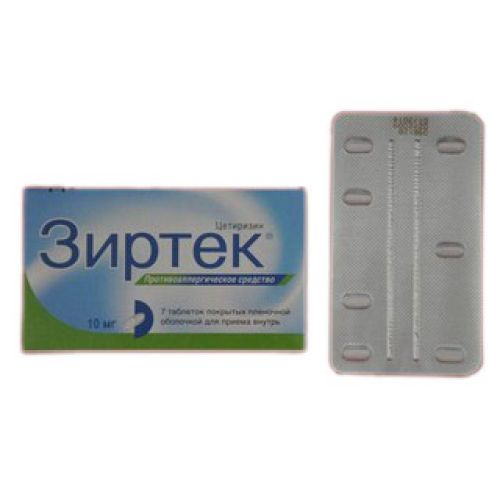
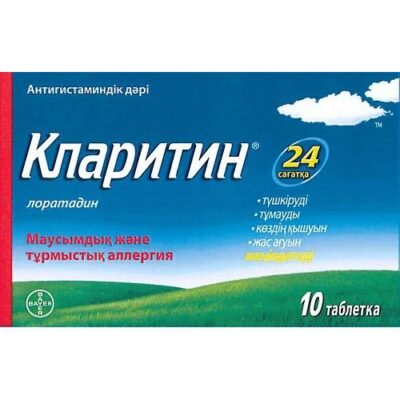
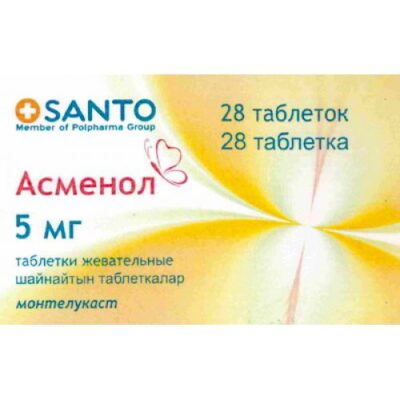
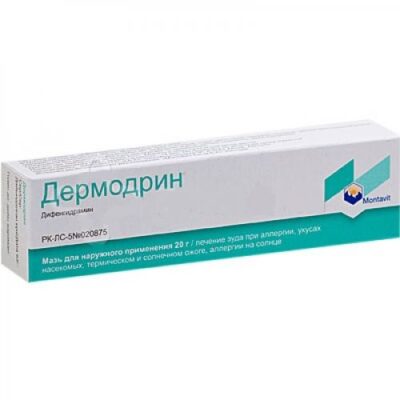
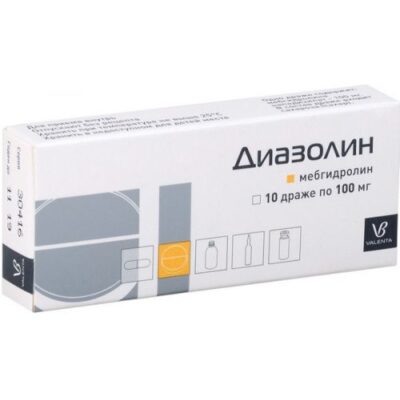
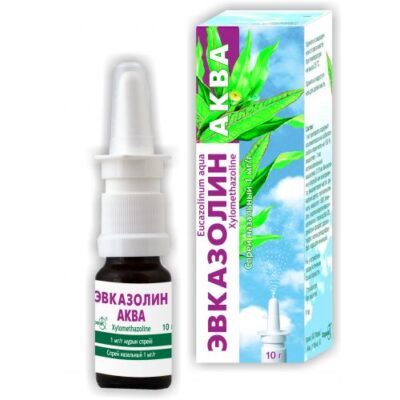
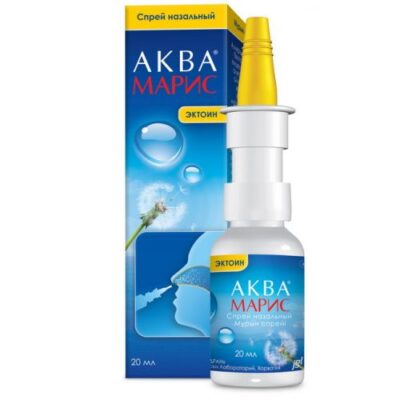
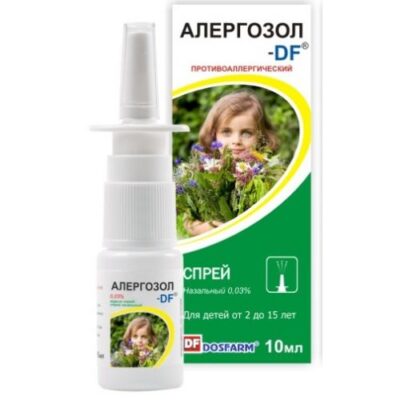
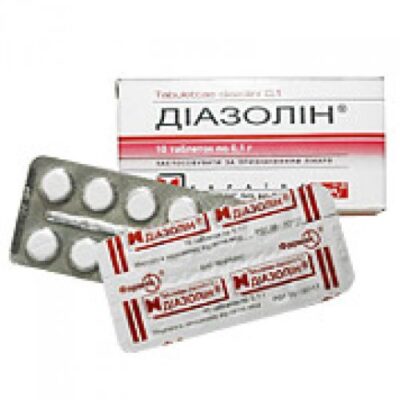
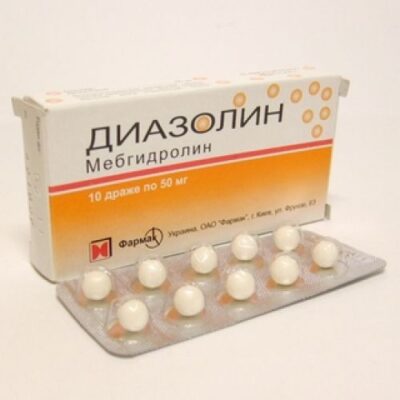
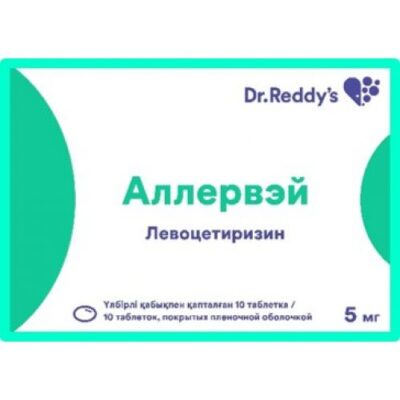






Reviews
There are no reviews yet.